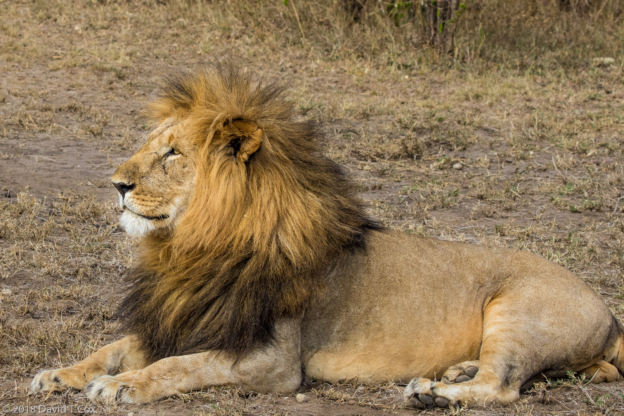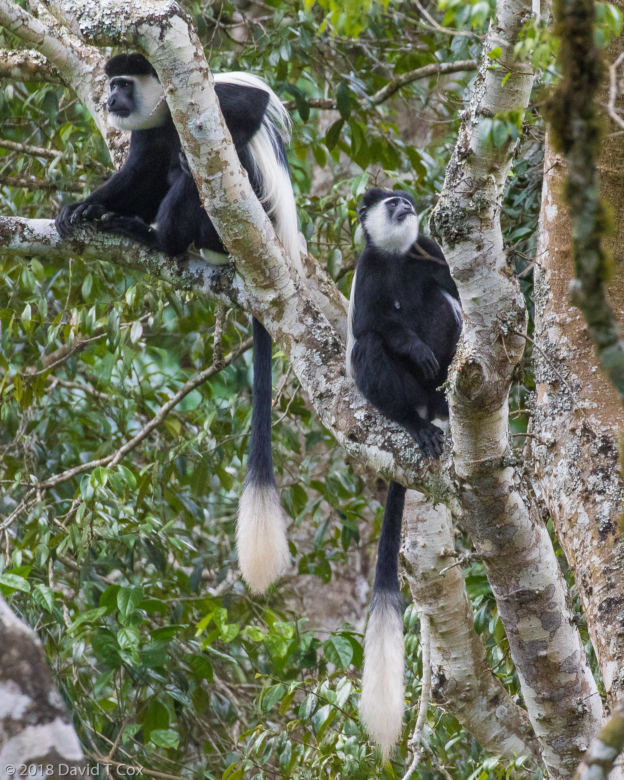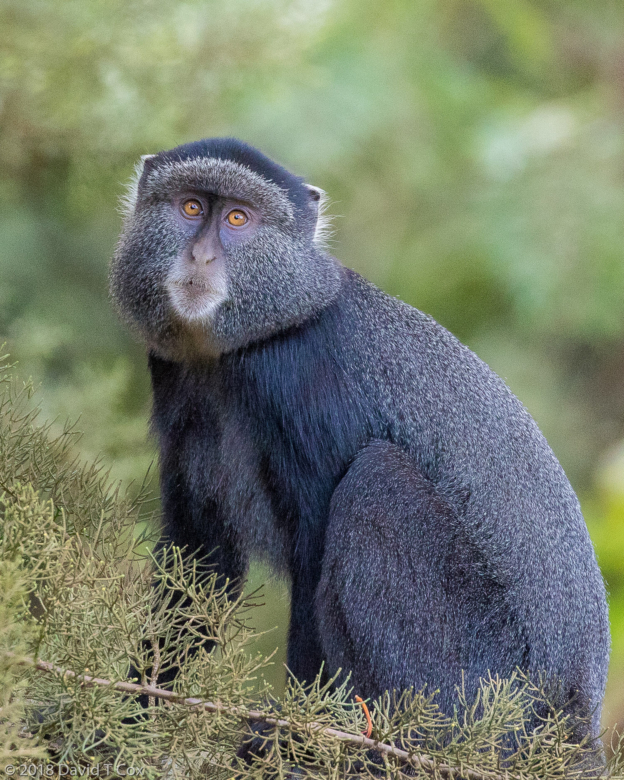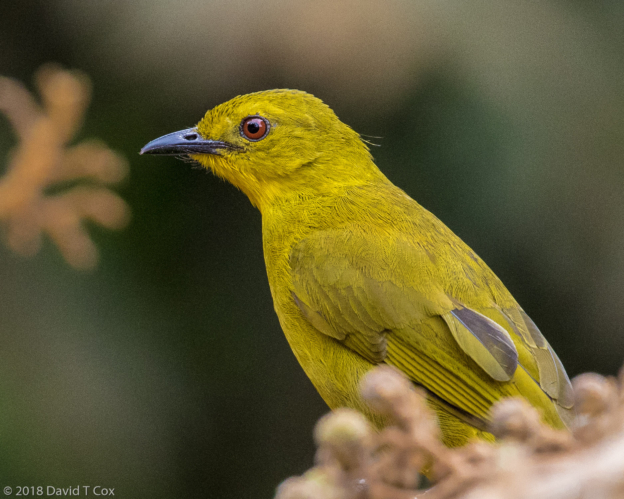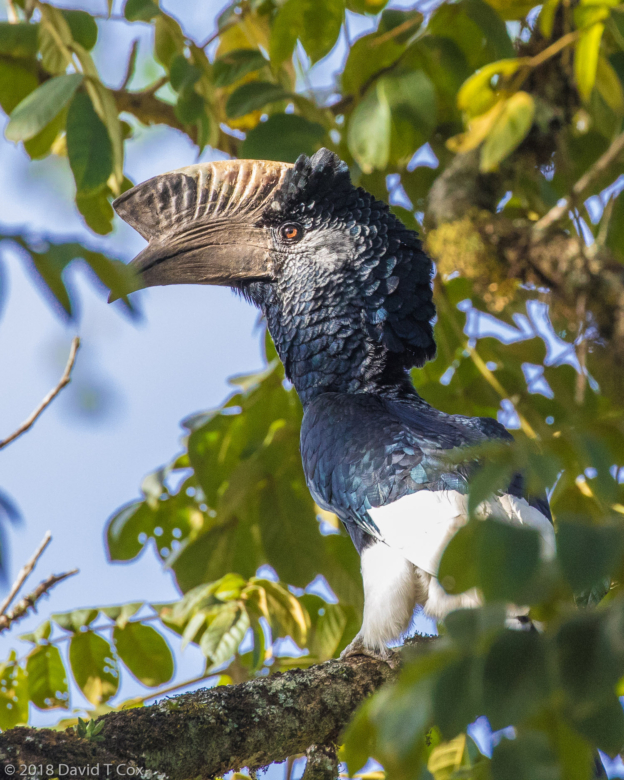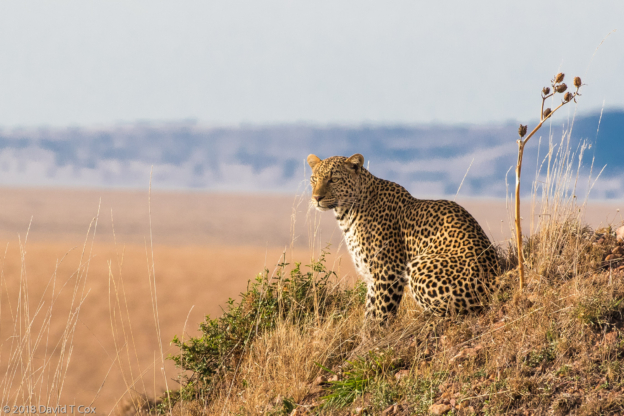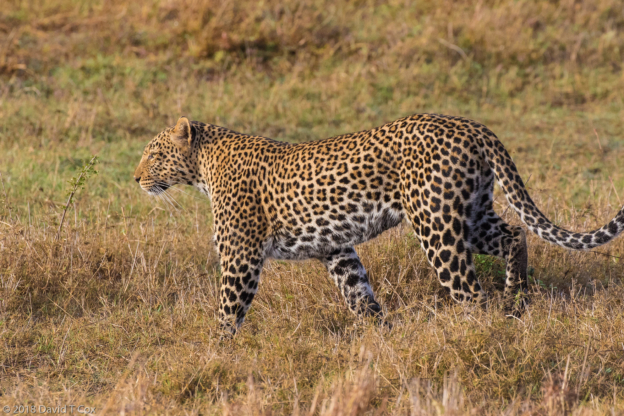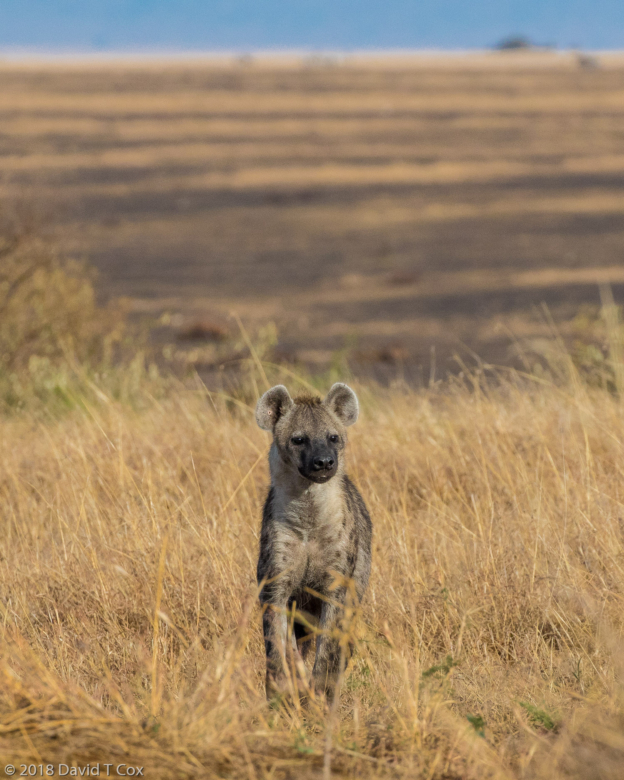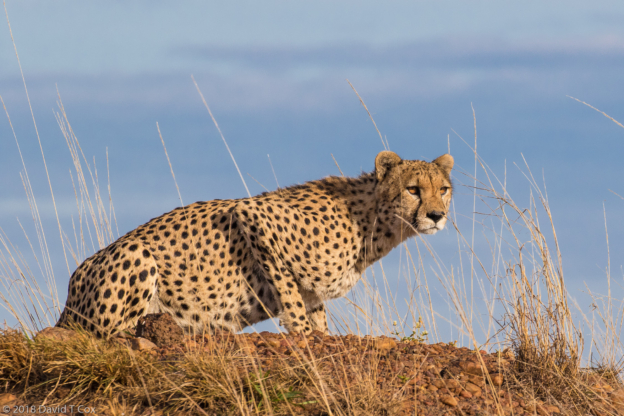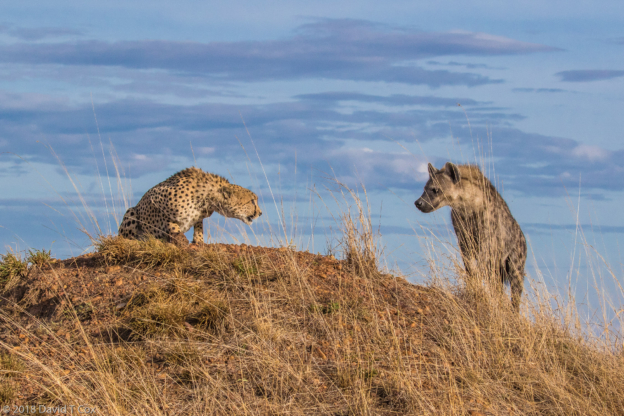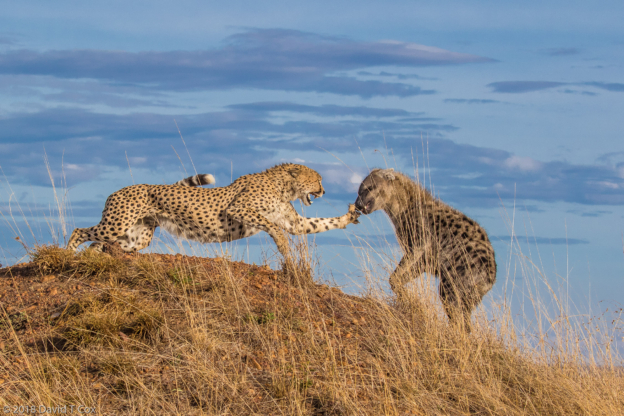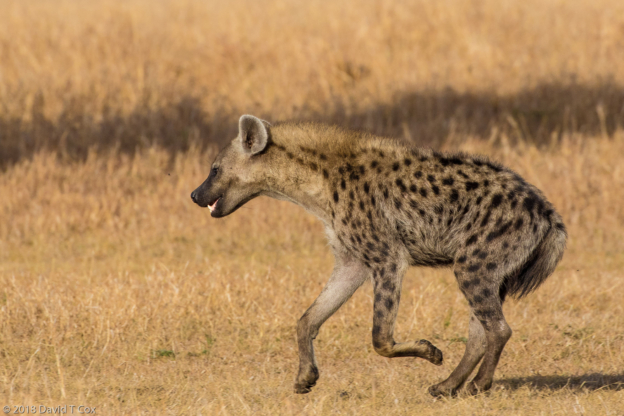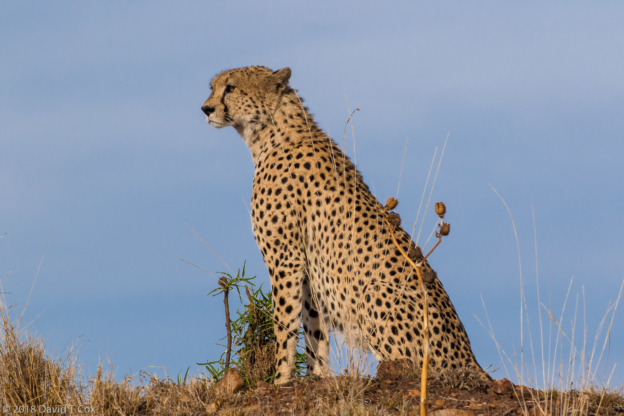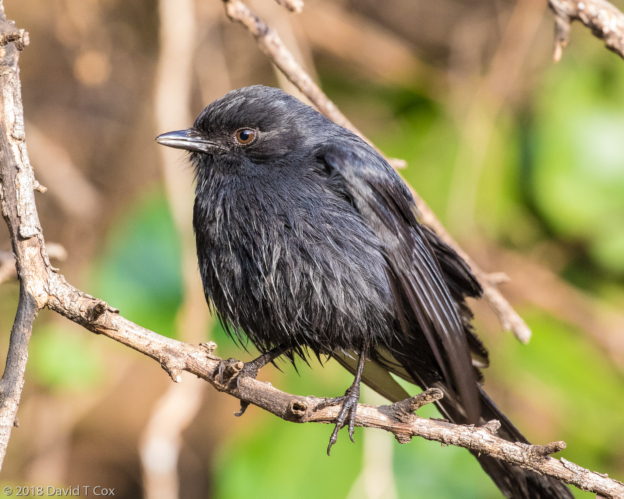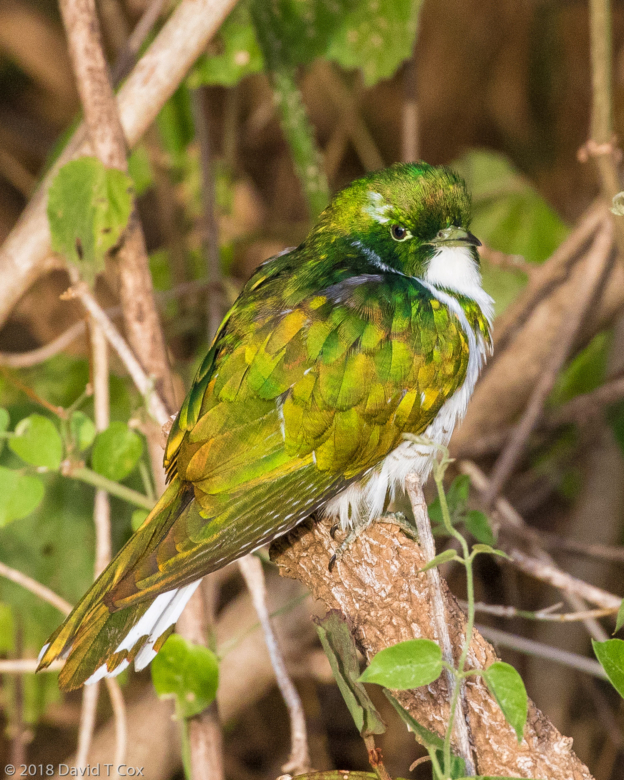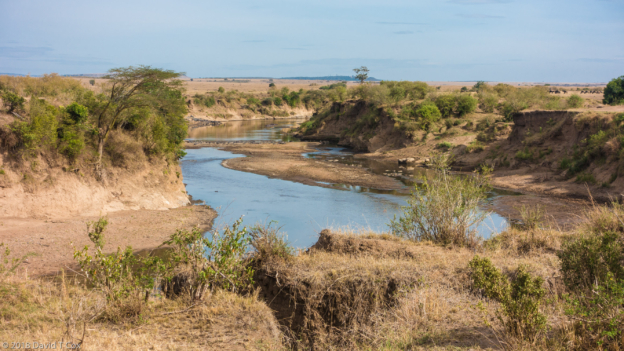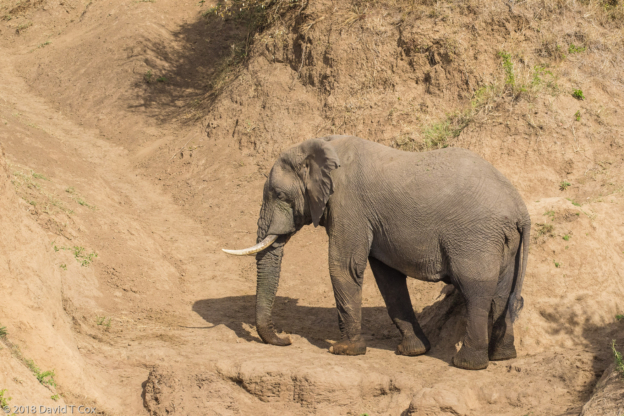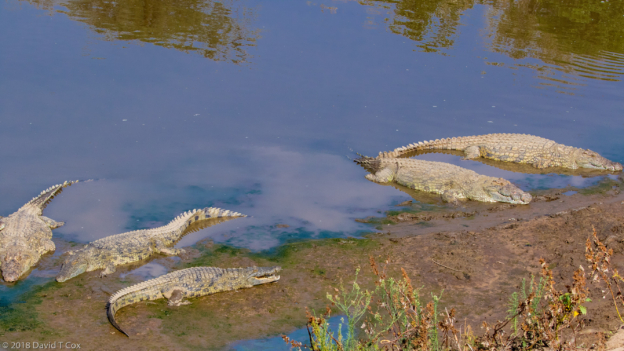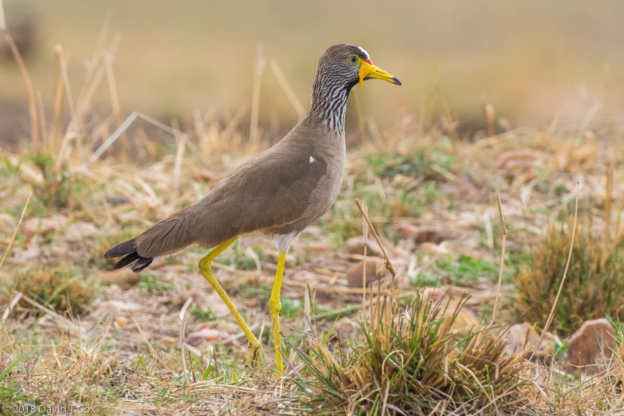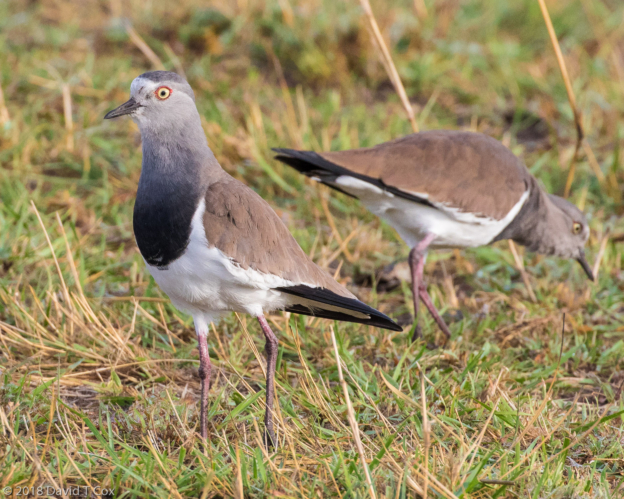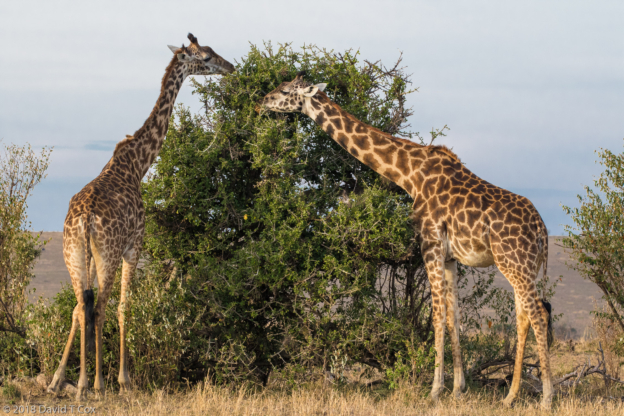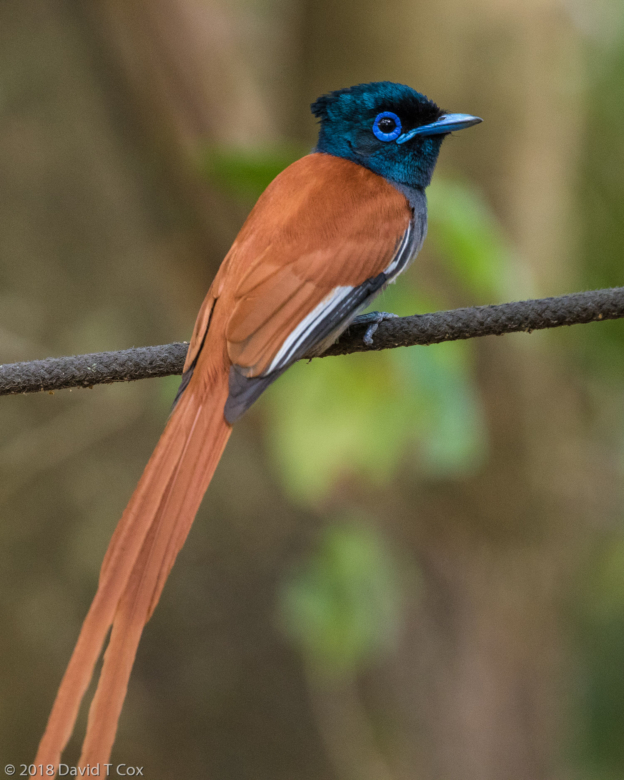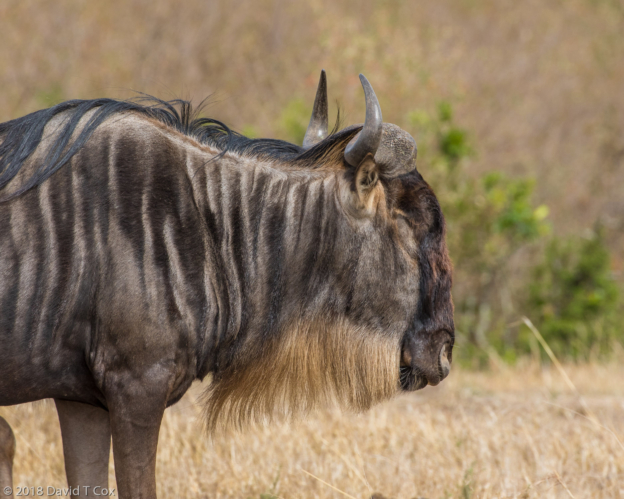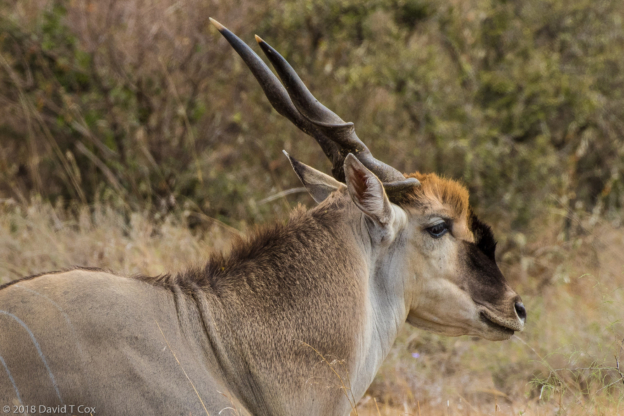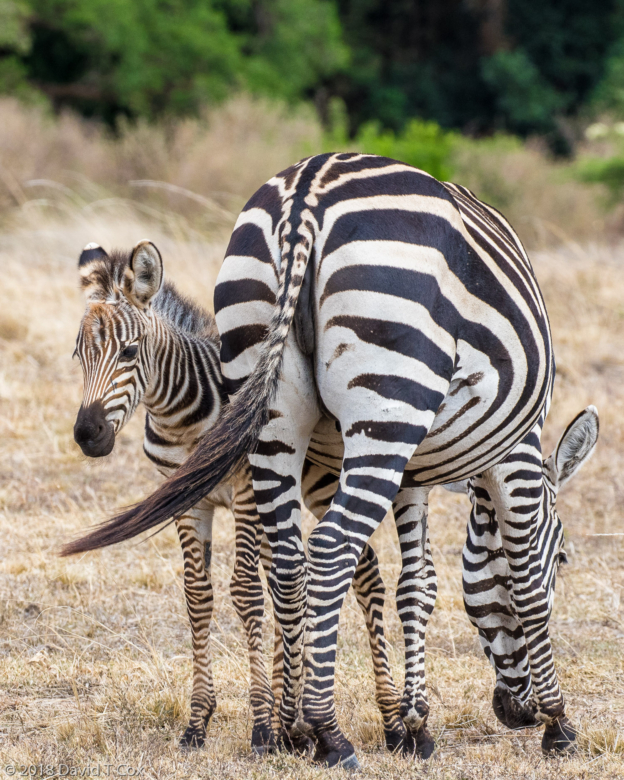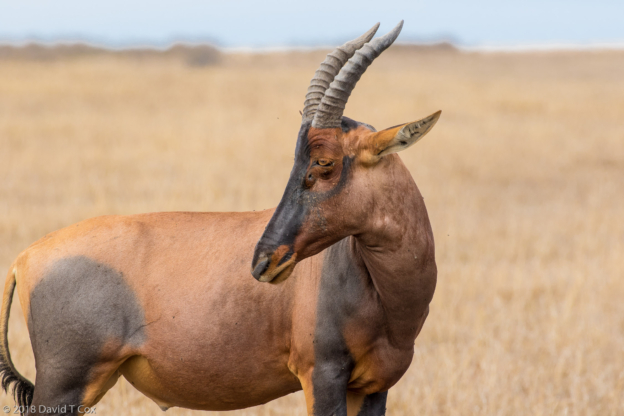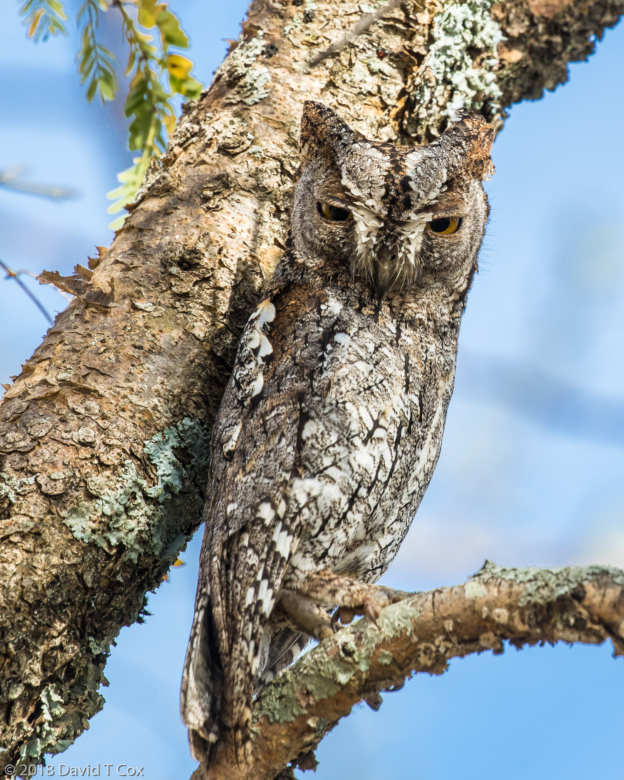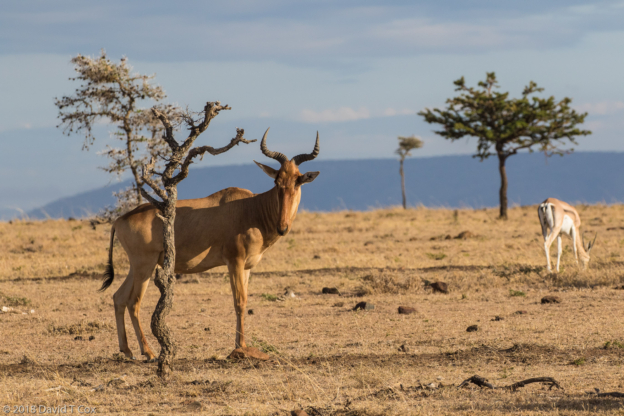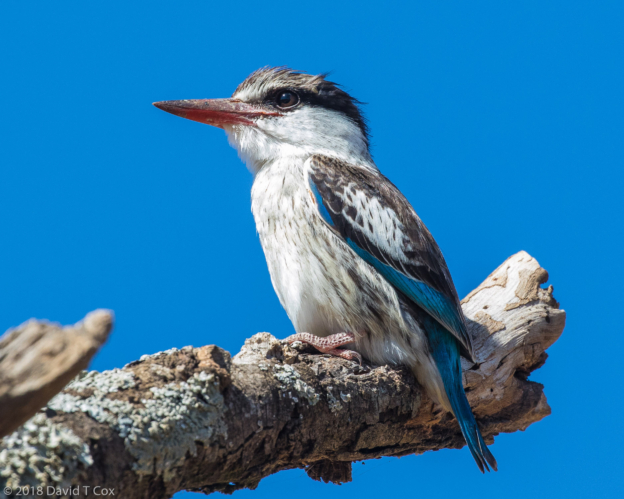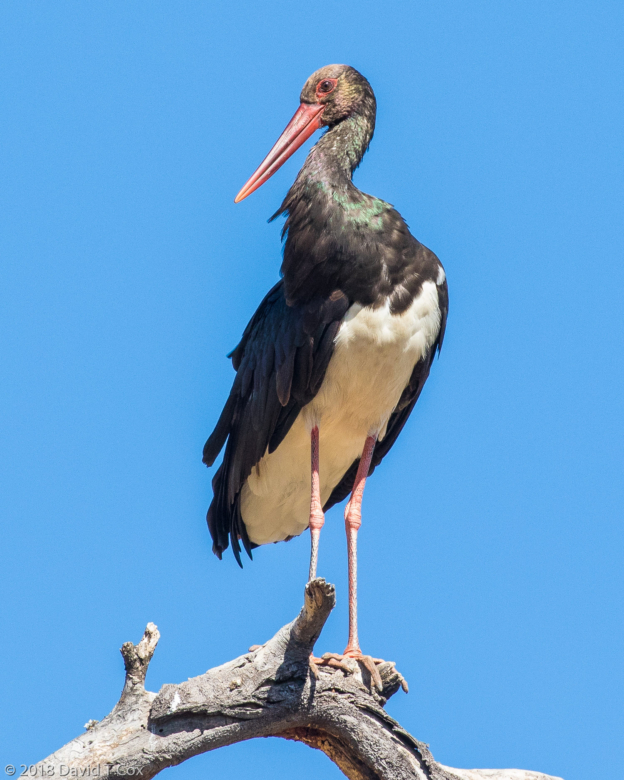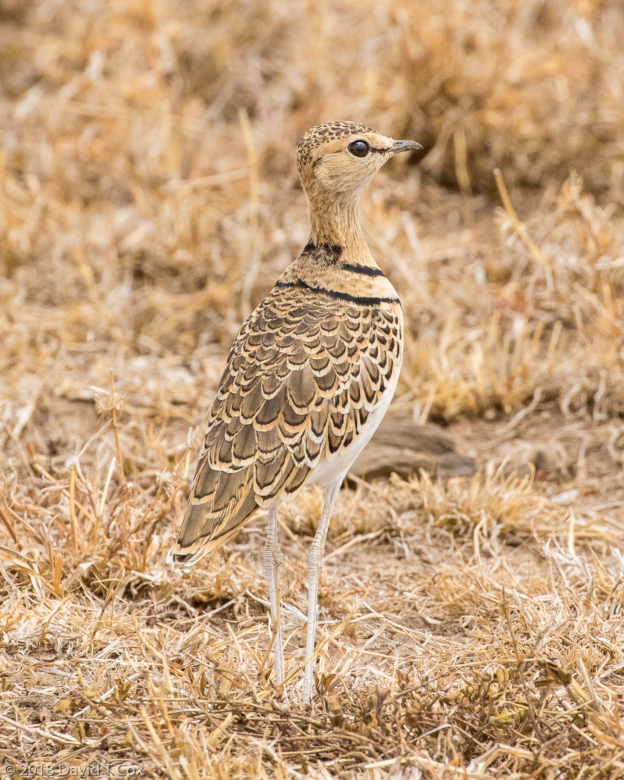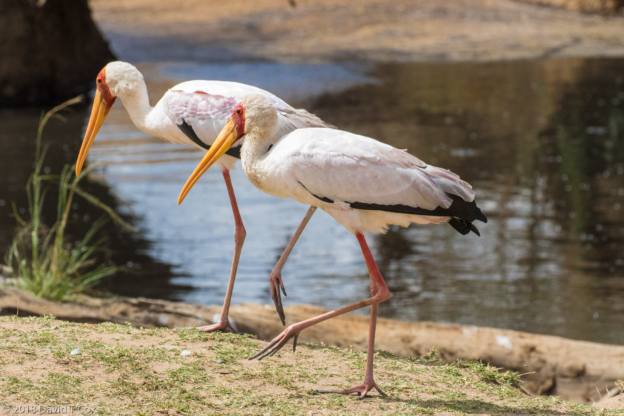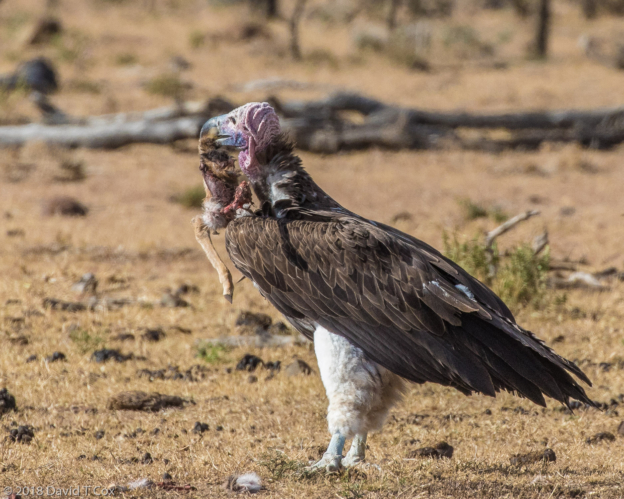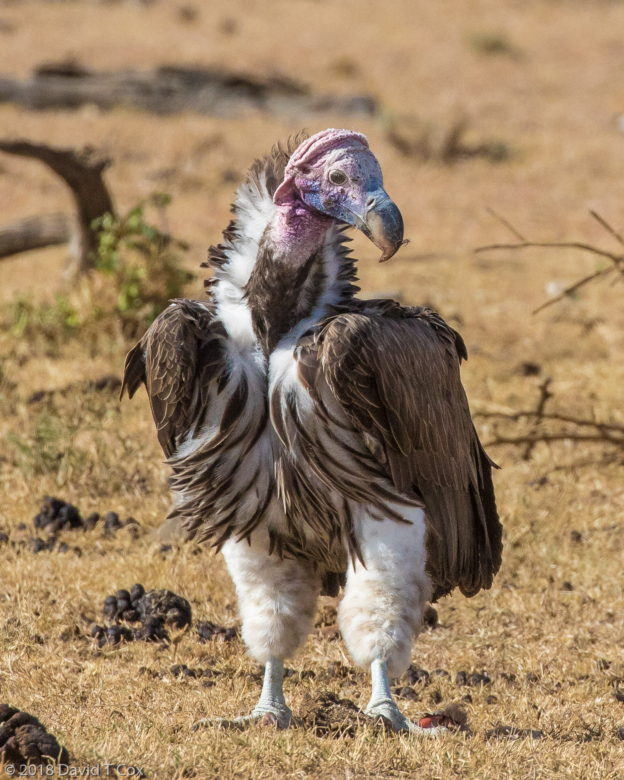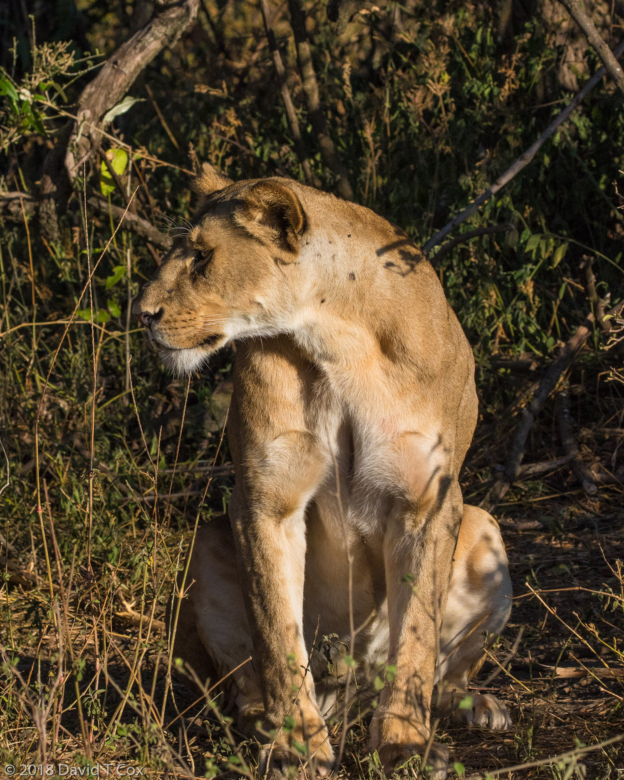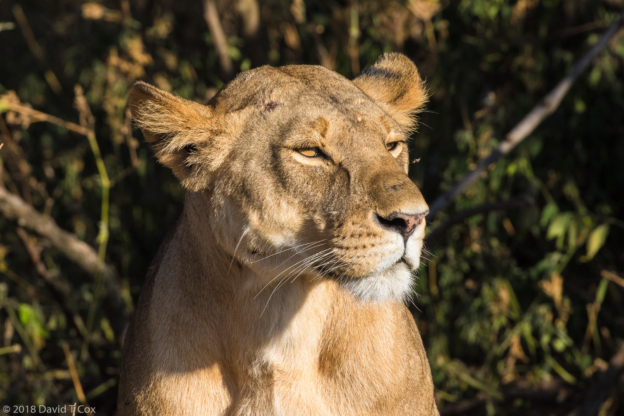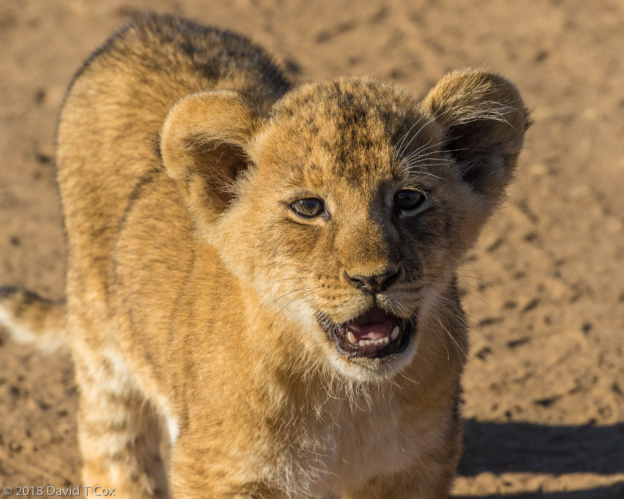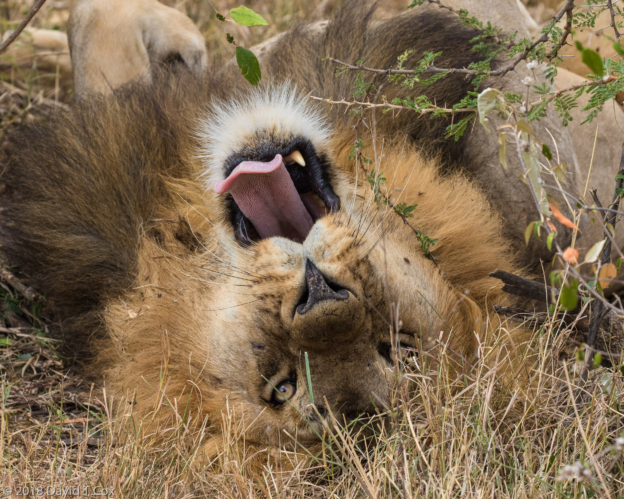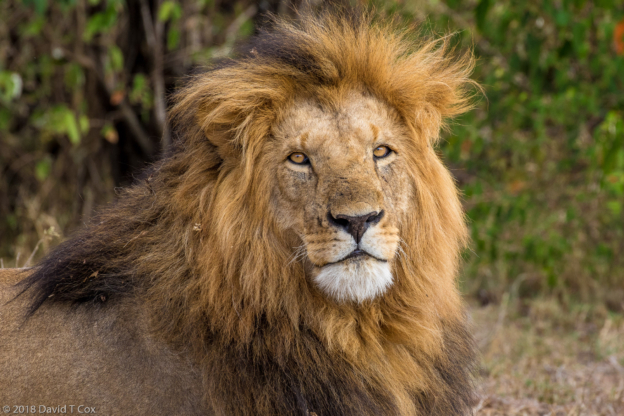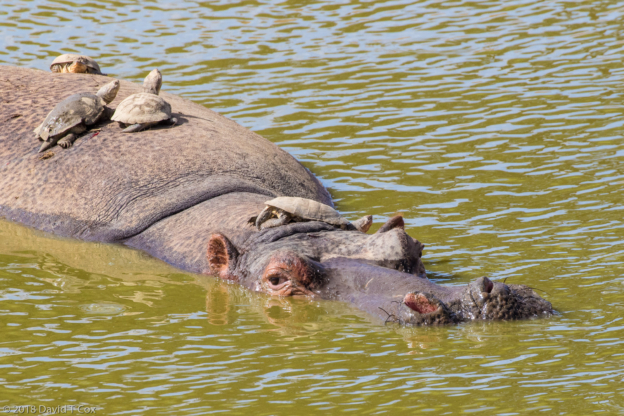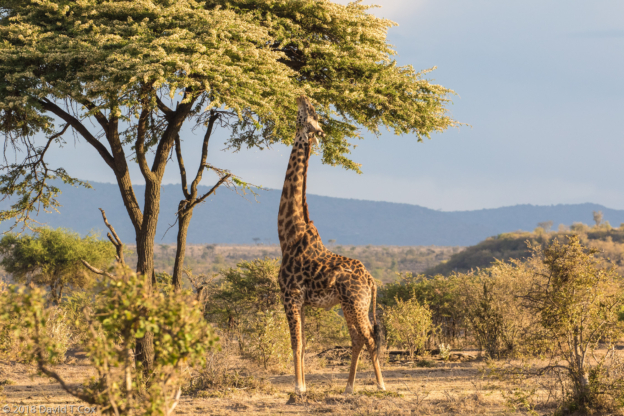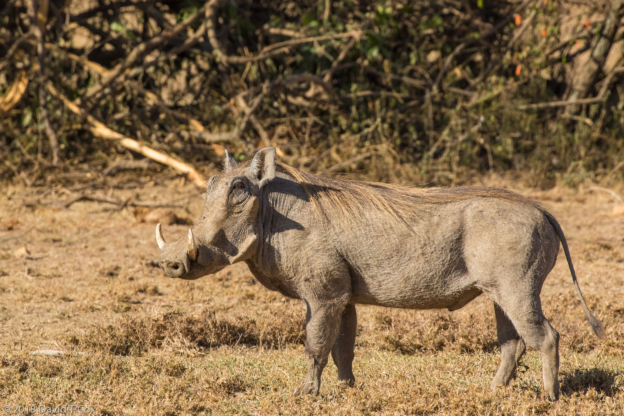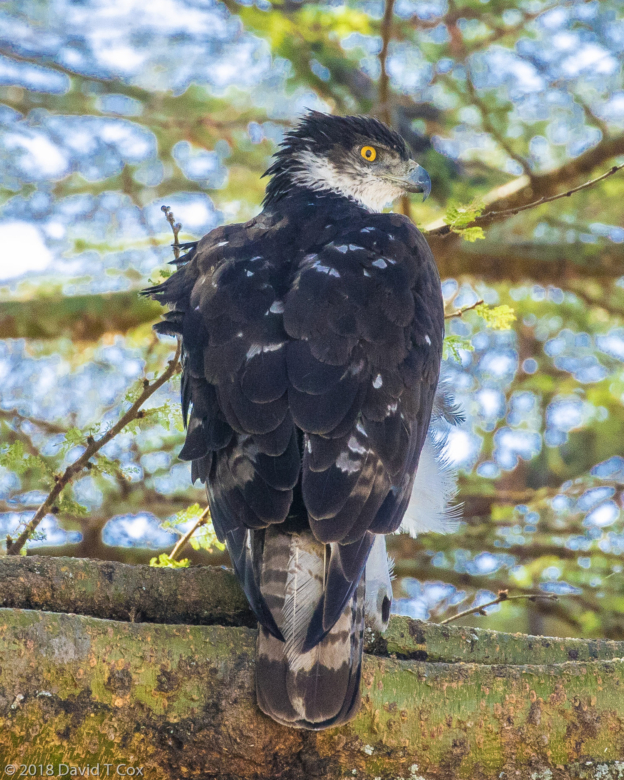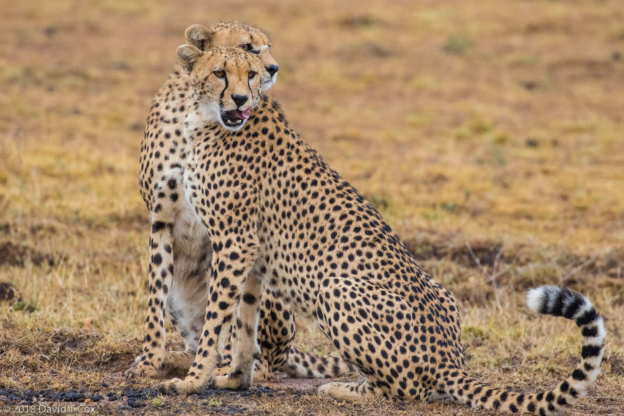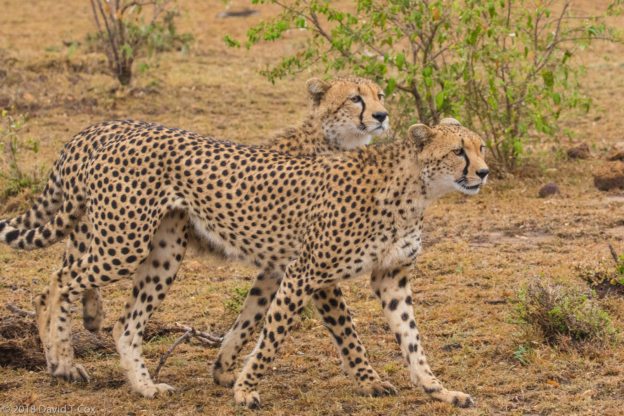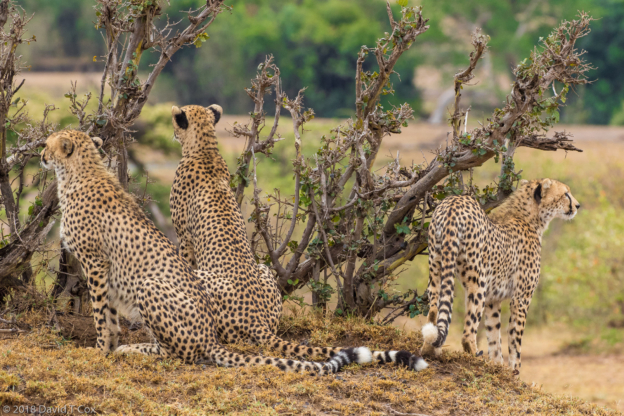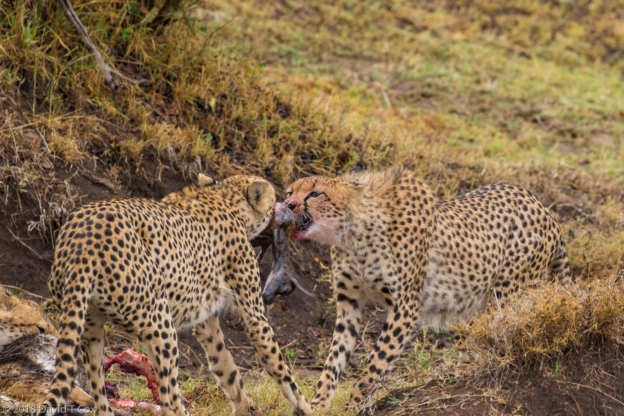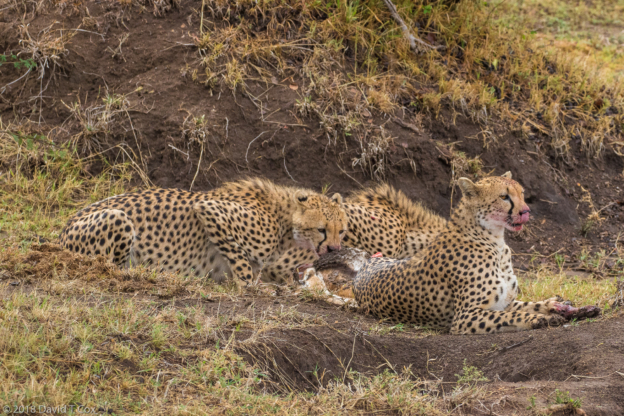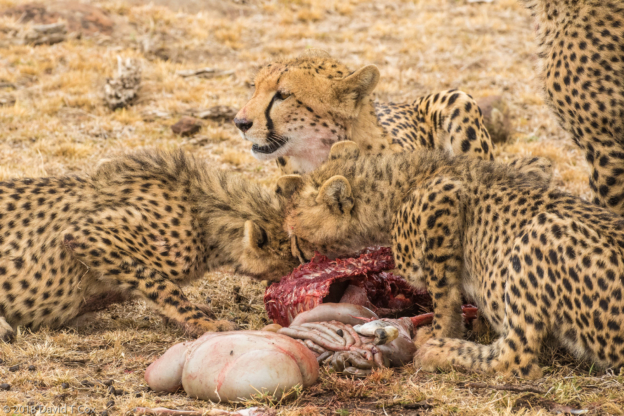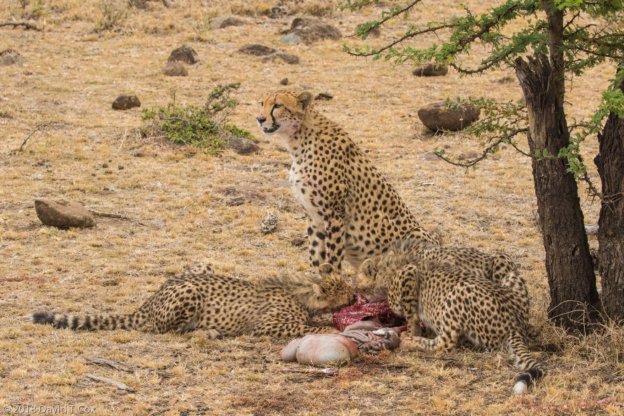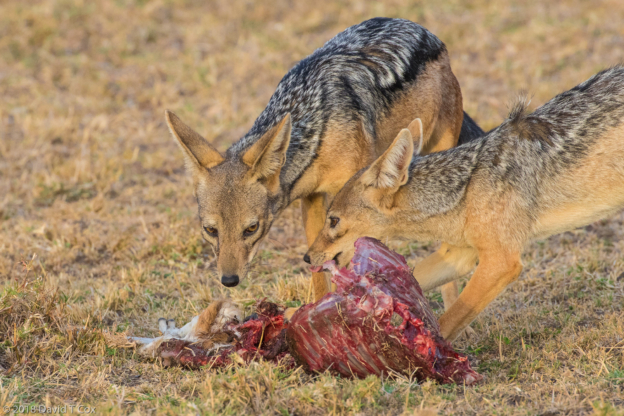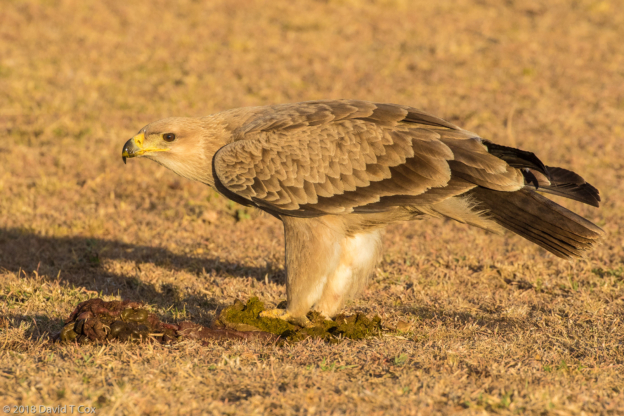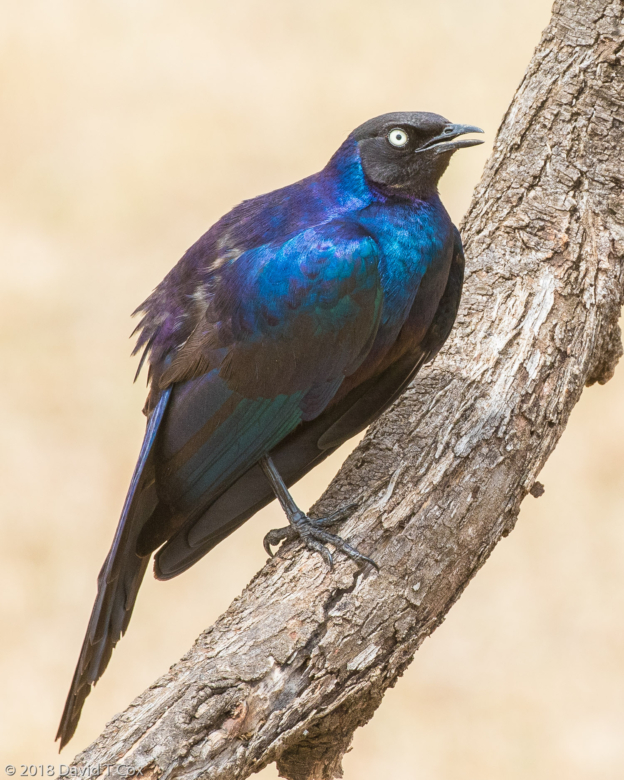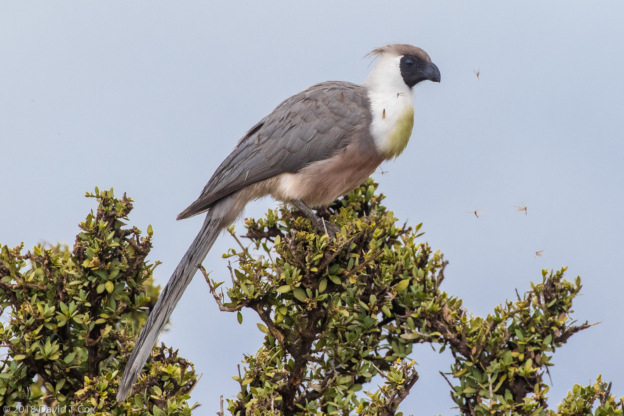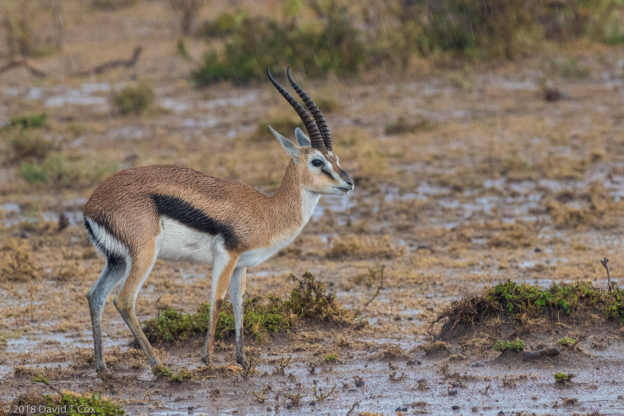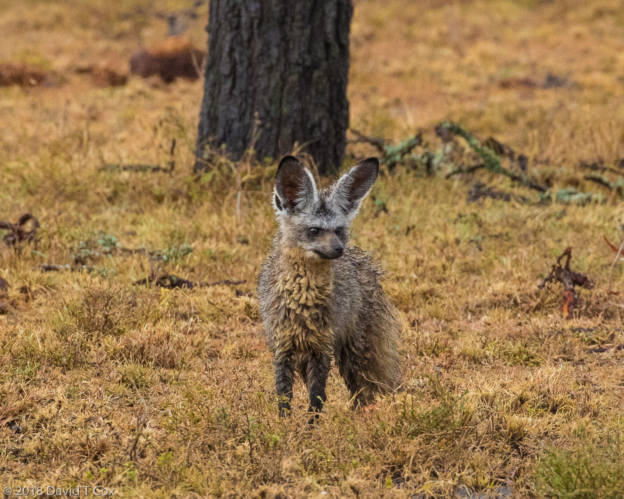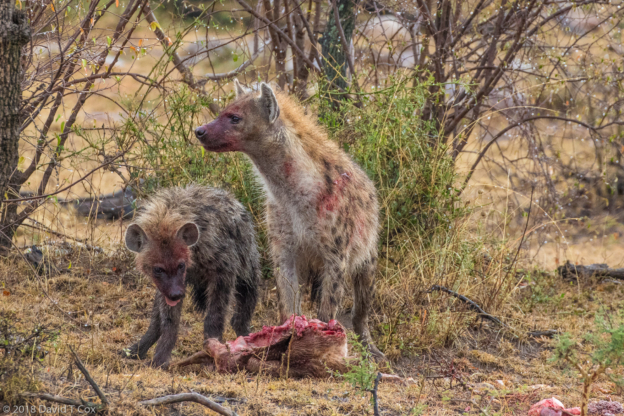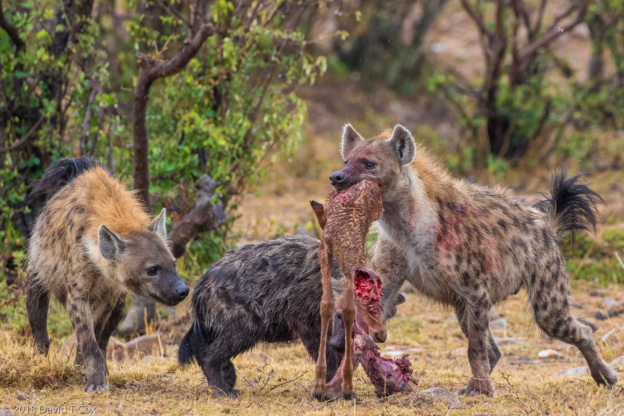All Photos Are Below the Travelogue Text
Click on Any Photo To Open Slide Show
To print the travelogue, right click anywhere on the page. Choose "Print" from your browser dialog box. You can choose Save to PDF in the browser print window.
Share your thoughts.
Email Dave - coxdavid55@hotmail.com
I traveled, again by private car and driver, from the Great Rift Valley lakes to the far West of Kenya, where the last remaining tropical forest remains – the Kakamega Forest is equatorial forest which extends from the West of Kenya through Uganda and into the Congos. Here can still be found equatorial bird and primate species not found elsewhere. I stayed at the Rondo Retreat deep inside the forest. With a good bird guide set for the first morning, my plans were badly altered when, as I went to bed, I suddenly developed severe pain in my left foot behind the big toe. I was certain I had fractured one of the Metatarsals, although I had experienced no trauma. I could not sleep most of the night and could not walk, and the next day cancelled all other plans and had my driver drive me an hour and half to the third largest city in Kenya, Kisumu, on the shores of Lake Victoria. There I went to the emergency room of the largest hospital, and spent some hours getting through all the bureaucracy. Finally seeing an orthopedic surgeon, I had X-Rays and blood tests as well as a physical exam. The Dr. absolutely ruled out a fracture, and noting the extreme tenderness around the joint between the 2nd and 3rdMeta Tarsals, as well as a slightly high uric acid level (which I admitted to having had for years), he pronounced the likely culprit a sudden severe onset of gout in that joint. Without going into more detail, I survived the pain for 3 days, then acquired some naproxen (Aleve in prescription strength). I have managed with only slight soreness since, and concluded I should be fine until back in the US.
Upon learning I had no fracture, just pain, I returned to Kakamega for two more nights, and managed to hobble around with my guide to get photos of some new monkeys and birds, including the Guereza Colobus, Blue Monkey, Black and White Casqued Hornbill and Joyful Greenbul.
From Kakamega Forest we returned to Kisumu for one evening and then proceeded south to the famous Masai Mara National Reserve. The Masai Mara is in the Southwestern corner of Kenya, and is bordered to the South by the Serengeti Plains of Tanzania. It is between these two great Parks that the largest migrations on earth take place twice a year, when more than a million Blue Wildebeest and Zebra follow the rains first north and then back south. In Masai Mara they must cross the Mara River, which forms a deep channel through the grasslands; this river is home not only to innumerable Hippos, but the largest Nile Crocodiles on earth. Most of you probably have seen the wildlife videos of the Wildebeest crossing where the giant Crocs wait just under the water, springing up to grab the poor creatures by the heads to drag them to their death. The smaller rivers and grassland/woodland areas provide sustenance to not only the aforementioned,but countless Topi, Grant’s and Thomson’s Gazelles, giraffe, buffalo, elephant,Black Rhino, and the heaviest concentration of Lions anywhere, as well as all the larger carnivores, the Leopards, Cheetahs, Hyenas and Jackals.
The Ilkiliani Tented Camp was on the Talek River which marks the Eastern boundary of the Reserve. My second day was a very good one for the least seen carnivores. Early morning found us joining a few other vehicles by a tall dirt mound on which sat a beautiful Leopard studying the surrounds for game. This sighting is quite unusual as leopards usually only are out at dusk to dawn, and seldom seen during the day. Less than half an hour later I spotted another mound in the distance topped by a sitting cat which turned out to be a Cheetah. We were alone with the Cheetah when a Spotted Hyena came along, apparently following the Cheetah. I could hardly believe it when the Hyena started up the side of the mound and approached the cat, which crouched and snarled. The hyena was twice the weight of the Cheetah. When the hyena moved to within about 6 feet the Cheetah moved faster than the eye could follow, and struck the hyena on the nose with all claws extended. I actually captured that action photo, as well as the prologue and epilogue photos, which are included below in sequence.
New birds for me in the Park included two Lapwings, the African Wattled and the Black-winged, which is found almost nowhere else. Along the Talek River and around camp I also photographed the beautiful tiny Klass’s Cuckoo and African Paradise Flycatcher.
From the Masai Mara I drove the short distance to the Ol Kinyei Conservancy on the edge of the Park, where I spent my last 4 safari days in the tented Porini Mara camp. Here I had private game drives with bird guide and driver, and spent 6 hours daily seeking bird and mammals. We had wonderful luck and spent much of two days with two prides of lions, including, finally, 3mature black maned males (the beautiful black maned lions are basically only found around the Serengeti and Masai Mara). We first encountered the pride off males with 2 half-grown cubs and 3 6-week old cubs. As the mother of the younger cubs crossed in front of our vehicle 2 of the youngsters followed her into the brush, but one stopped and appeared transfixed by the front of my land-cruiser. He kept approaching, to within 15 feet, and at times appeared to open his mouth in a tiny snarl (see photo). His mother had long since disappeared into the brush, and when he finally realized he was alone, he chose to backtrack as opposed to following his mother. Fortunately the other female with older cubs joined him and he was soon dashing off after the others.
The following day we encountered all three dark-maned males. Two twins in full prime were sleeping just under the edge of brush. One rolled onto his back and made an enormous toothy yawn (see photo). The other laying on his side occasionally opened one eye to view my camera located just feet away. That gaze was scary. Later we found the other large male coming out of a thicket and sitting in the mid-morning light in full glory. He was magnificent.
The third day, seeking a Cheetah family, we wound up finding two families; first a mother with two fully grown male twins, and later a second mother with 3 half-grown cubs. We followed the first family for a couple of hours, watching first one failed chase of an Impala, then a second chase for a Thomson’s Gazelle which was successful, although bushes and a ravine prevented our seeing the actual kill. We spent over an hour watching the family devour the antelope. The twin males played a macabre tug-of-war over the almost fully formed fetus discovered inside the kill. A couple of hours later we encountered the second Cheetah family, a mother with 3 younger cubs. The mother just had successfully dispatched a Thomson’s Gazelle. I settled down for an hour again while the 4cats devoured the creature (Thomson’s Gazelles are quite small, being half the size of an impala). Somewhat gruesome was the later game that evolved with the 3 cubs playing with the head of the kill. On both kills I was able to take extensive high definition video, which I wish I could display on the website but the file sizes are enormous. When the four Cheetahs were down to eating the rib-cage, one could hear clearly the crunching sounds of the devoured bones.
Later we found two Black-backed Jackals with the kill of an unidentifiable young antelope, joined by a Tawny Eagle nearby taking care of the entrails. Finally we found three large families of Spotted Hyenas; one family had just made a kill of a baby Topi,and the matriarch of the group kept all other hyenas away excepting only her lone cub. The tussles and attempts by the others to get pieces of the kill were quite savage, with the matriarch driving them off one at a time while others tried from different angles. I got good photos of the bloody scene.
Later I finally got to get reasonably close to a pair of Bat-eared Foxes hunting in the rain. Such sightings are rare, usually made at night, with the animals being very timid of permitting vehicles to get close. Of birds we saw many raptors, including the incredible Lappet-headed Vulture eating the leg of some beast, Black-chested Snake-Eagle, Tawny Eagle working on the entrails of a Jackal kill, Pygmy Falcon, Secretary Bird and Sooty Falcon.
My final two evenings the skies opened up and it rained – I was told this was the first rain in 3 months and the parched earth and grazing animals badly needed it. My final morning drive was an exceptionally muddy one, with our Land-Cruiser constantly slipping and sliding. From a small dirt air-strip I took a small bush-flight back to Nairobi. Tomorrow I head for the international airport and the 30 hour flight back to Tucson. So this wonderful Africa trip comes to an end. Later. Dave
- Guereza Colobus, Kakamega Forest, Kenya
- Blue Monkey, Gentle Monkey Complex, Kakamega Forest, Kenya
- Joyful Greenbul, Kakamega Forest, Kenya
- Black-and-White-casqued Hornbill , Kakamega Forest, Kenya
- Leopard, Masai Mara NR, Kenya
- Leopard, Masai Mara NR, Kenya
- Spotted Hyena, Masai Mara NR, Kenya
- Cheetah, Masai Mara NR, Kenya
- Cheetah and Spotted Hyena confrontation, Masai Mara NR, Kenya
- Cheetah and Spotted Hyena confrontation, Masai Mara NR, Kenya
- Spotted Hyena, Masai Mara NR, Kenya
- Cheetah, Masai Mara NR, Kenya
- Cheetah, Masai Mara NR, Kenya
- Northern Black Flycatcher, Ilkiliani Camp, Masai Mara NR, Kenya
- Klass’s Cuckoo, Ilkiliani Camp, Masai Mara NR, Kenya
- Mara River Crossing, Masai Mara NR, Kenya
- African Elephant, Mara River Crossing, Masai Mara NR, Kenya
- Nile Crocodile, Mara River Crossing, Masai Mara NR, Kenya
- Hippopotamus, Mara River Crossing, Masai Mara NR, Kenya
- African Wattled Lapwing,, Masai Mara NR, Kenya
- Black-winged Lapwing,, Masai Mara NR, Kenya
- Masai Giraffe, Masai Mara NR, Kenya
- African Paradise Flycatcher, Ilikiani Camp, Masai Mara NR, Kenya
- Blue Wildebeest aka Brindled Gnu, Masai Mara NR, Kenya
- Eland, Masai Mara NR, Kenya
- African Buffalo, Masai Mara NR, Kenya
- Plains Zebra ss crawshayi with baby, Masai Mara NR, Kenya
- Topi, Masai Mara NR, Kenya
- African Scops Owl, Porini Mara Camp, Ol Kinyei Conservancy, Kenya
- Secretary Bird, Ol Kinyei Conservancy, Kenya
- Kongoni aka Hartebeeste ss cokei, Ol Kinyei Conservancy, Kenya
- Striped Kingfisher, Ol Kinyei Conservancy, Kenya
- Black-chested Snake-Eagle, Ol Kinyei Conservancy, Kenya
- Black Stork, Ol Kinyei Conservancy, Kenya
- Pygmy Falcon, Ol Kinyei Conservancy, Kenya
- Two-banded Courser, Ol Kinyei Conservancy, Kenya
- Yellow-billed Stork, Ol Kinyei Conservancy, Kenya
- Lappet-faced Vulture with antelope leg, Ol Kinyei Conservancy, Kenya
- Lappet-faced Vulture, Ol Kinyei Conservancy, Kenya
- Lion, Ol Kinyei Conservancy, Kenya
- Lion, Ol Kinyei Conservancy, Kenya
- Lion cub 6 week old inspects our landrover, Ol Kinyei Conservancy, Kenya
- Lion, full yawn, Ol Kinyei Conservancy, Kenya
- Lion, Ol Kinyei Conservancy, Kenya
- Lion, Ol Kinyei Conservancy, Kenya
- Lion, Ol Kinyei Conservancy, Kenya
- Hippopotamus with tarpins on top, Ol Kinyei Conservancy, Kenya
- Masai Giraffe, Ol Kinyei Conservancy, Kenya
- Sooty Falcon, Ol Kinyei Conservancy, Kenya
- Warthog, Ol Kinyei Conservancy, Kenya
- Lesser-masked Weaver, Ol Kinyei Conservancy, Kenya
- Augur Buzzard, Ol Kinyei Conservancy, Kenya
- Cheetah, Ol Kinyei Conservancy, Kenya
- Cheetah, Ol Kinyei Conservancy, Kenya
- Cheetah mother with twin 1 year old twins, Ol Kinyei Conservancy, Kenya
- Cheetah feeding on Thomson’s Gazelle, Ol Kinyei Conservancy, Kenya
- Cheetah twin males fighting over unborn fetus of killed Thomson’s Gazelle, Ol Kinyei Conservancy, Kenya
- Cheetah mother and twin males feeding on Thomson’s Gazelle, Ol Kinyei Conservancy, Kenya
- Cheetah with 3 young cubs feeding on Thomson’s Gazelle, Ol Kinyei Conservancy, Kenya
- Cheetah with 3 young cubs feeding on Thomson’s Gazelle, Ol Kinyei Conservancy, Kenya
- Black-backed Jackal at kill, Ol Kinyei Conservancy, Kenya
- Tawny Eagle at entrails of Black-backed Jackel kill, Ol Kinyei Conservancy, Kenya
- Ruppell’s Long-tailed Starling, Ol Kinyei Conservancy, Kenya
- White-bellied Go-away-Bird, Ol Kinyei Conservancy, Kenya
- Thomson’s Gazelle in rain, Ol Kinyei Conservancy, Kenya
- Bat-eared Fox in rain, Ol Kinyei Conservancy, Kenya
- Spotted Hyena and cub on Topi baby kill, Ol Kinyei Conservancy, Kenya
- Spotted Hyena with Topi baby kill, Ol Kinyei Conservancy, Kenya
To print the travelogue, right click anywhere on the page. Choose "Print" from your browser dialog box. You can choose Save to PDF in the browser print window.
Share your thoughts.
Email Dave - coxdavid55@hotmail.com
